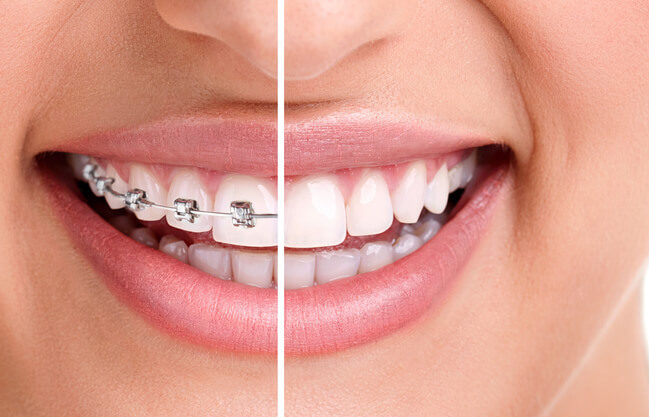
Invisalign vs Braces: Which Is Better For You?
Orthodontic treatments have become more diversified and technological than ever. At the turn of the century, metal braces were the only feasible option one had to correct teeth defects, but with the introduction of Invisalign and the recent improvements made to traditional braces, there are now a lot more options than people with tooth defects were previously exposed to.
What are Invisalign treatments?
According to Elite Dental Care: Bita Zavari DMD, a dentist in Beaverton (west of Portland, OR), Invisalign aligners are arguably the most popular brand of clear alternatives to metal braces. They are computer generated and their BPA-free design makes them invisible while you’re wearing them.
They are custom made for your teeth, with an x-ray, photographs, and a bite registration all used to form a digital 3D image of the patient’s teeth. The data from the image is then used to customize the patient’s Invisalign.
They allow a lot more flexibility than braces, as they can be taken out and reinstalled at will while eating, brushing or to enable you to clean the trays.
For more information on Invisalign and clear aligners see here.
Why should I pick Invisalign treatment over braces?
Invisalign, unlike braces, is difficult to notice. They are the front runners among translucent braces and are becoming more and more popular every year.
People tend to lean toward Invisalign because the trays are clear, as the appearance of metal braces doesn’t appeal to many. Invisalign ensures your treatment is a secret!
Unlike braces, using Invisalign has a minimal effect on your usual daily routine. With braces, there are so many restrictions as to what one can eat or drink, but Invisaligns are removable, meaning you can take them out for a short period when necessary without worrying about how it will affect your treatment.
Invisalign trays are also very low maintenance. You pick up several new sets of trays whenever you see your dentist and that’s it for 2-3 months! All you need to do is wear and clean the aligner trays regularly.
https://enhancelifechiropracticdenver.com/lasix-online/
While it may not be the most effective option, parents also tend to lean toward Invisalign for their kids as it is more flexible and generally less complicated. The wires in braces often affect the gum and cause minor pain, so Invisalign might be the better option for kids below 7 years.
Why should I pick braces over Invisalign?
Unlike clear aligners, braces can fix just about any form of tooth deformation. From more serious cases of crooked teeth to a simple gap. They are also more effective than their counterparts as they are not removable and can be expected to work faster and more efficiently at closing gaps and aligning the teeth.
Invisalign is temporary, meaning they can be removed at will and often people remove them without putting them back within the required time, erasing any progress made.
The amount of flexibility offered by Invisalign’s removable trays isn’t always a good thing as patients often find it difficult to follow the routine required, perhaps due to absent-mindedness or a busy schedule. If you do not wear the trays as directed (22 hours a day), treatment could take longer. So if you doubt your diligence, then you might want to go for braces as they require a little less effort.
Braces are also the best option for kids. If tooth deformation is noticed at an early age, it is imperative the problem is fixed as early as possible and braces are the surest way of doing that.
Kids may not have the awareness required to use Invisalign and may not wear them for the required time needed to align their teeth and as it is with Invisalign, if you don’t wear them, they simply won’t work!
Although kids below 7 are advised to use Invisalign for comfort, braces are a quicker and more effective fix for older kids.
Conclusion
When making your choice between braces or Invisalign, there are numerous factors to be considered. There is no perfect orthodontic treatment, as they all come with their flaws, but in using the right one for your case, disadvantages are quickly outweighed by their benefits.
While the outcomes of both treatments are very similar, the process involved could not be more different. The final decision, comes down to you, the patient. It all depends on your needs and preferences as well as your daily routine.
For instance, you work a desk job where you sit behind a computer for 10 hours a day, then braces might be the better option as they offer a quicker fix.
But if you work in a more social setting, or you regularly engage in sporting activities, then you might consider Invisaligns a better option. There are also no food restrictions with Invisalign unlike braces, so know your needs and make your choice!
You should also consider seeing a professional for more advice and insight on the severity of your case, as more serious tooth problems might render braces as your only option.

